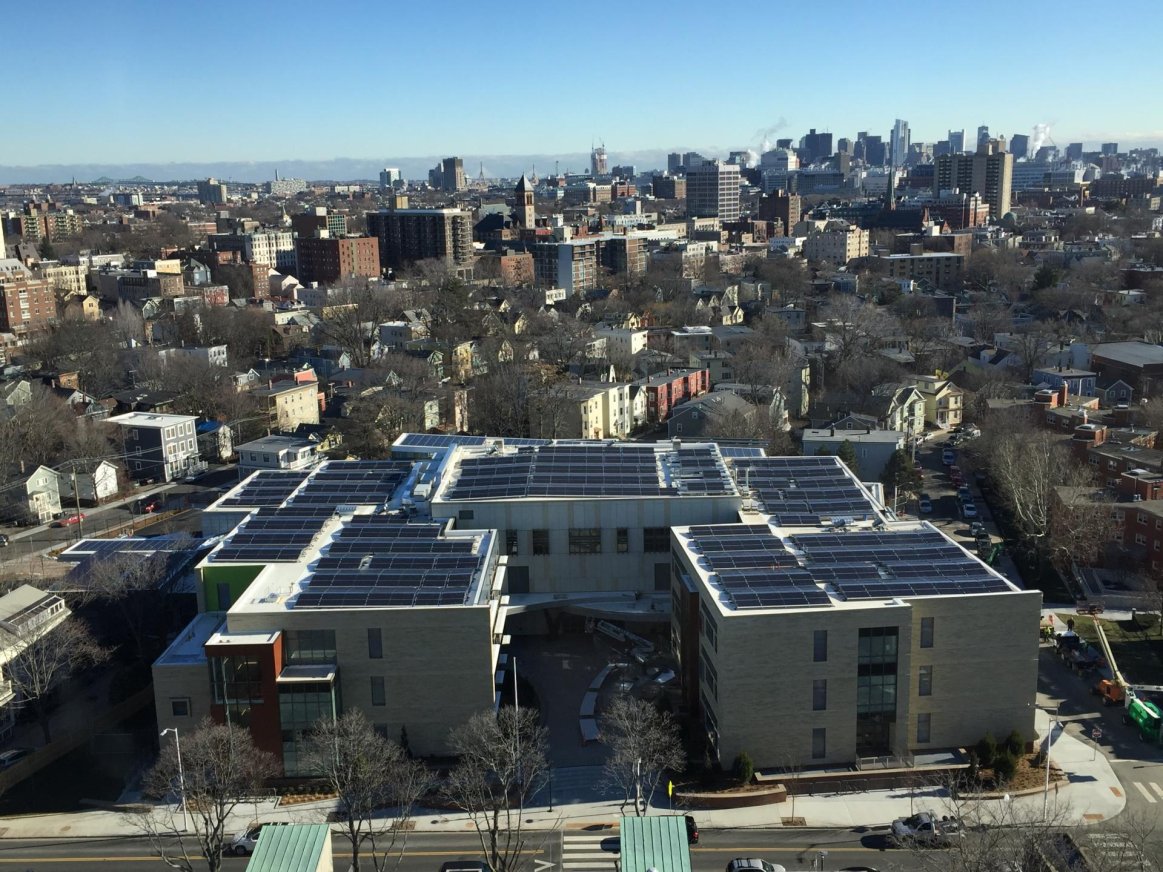
Last Tuesday, leaders of the Baker Administration’s Department of Energy Resources (DOER) released their final plan for the state’s new solar incentive, the Solar Massachusetts Renewable Energy Target (SMART) program. The new program, set to come into effect about a year from now, will replace SRECs with a tariff framework that incentivizes 3,200 MW of additional solar development over the next few years. The proposal comes after extensive stakeholder engagement with representatives from the solar industry, utilities, and other interests over the past several months and still requires approval from the Department of Public Utilities (DPU), a process that the DOER anticipates will not be finalized until January 2018.
Switching from SRECs to a $/kWh tariff system is expected to cut costs to the state and ratepayers by almost half while providing greater predictability for developers, investors, and facility owners. However, this change also means that compensation for solar energy -- especially on commercial and utility scale projects -- will be less generous than in recent history. This transition in Massachusetts is representative of solar valuation discussions taking place in many states.
As initially proposed back in September, certain categories of solar development such as low income, community shared solar, projects that integrate storage, as well as projects on brownfield sites, landfills, and commercial and industrial zones, will be incentivized with “adders” to increase their overall $/kWh compensation levels. Each utility zone will have a 20% carve-out for projects under 25 kW to encourage distributed generation and to ensure these projects are not crowded out by larger ones. Baseline $/kWh tiers for larger projects will be determined through a competitive procurement and bidding process with a ceiling price of $0.15/kWh, a market-based method of encouraging competition according to the DOER.
In the same presentation delivered to a packed audience in downtown Boston, Michael Judge, Director of Renewable Energy for the DOER, announced that the agency is also planning on filing emergency measures in early March to further extend the current SREC II program until the new SMART program is implemented, most likely in January 2018. Separate from net metering, which has met its caps in most service areas and requires legislative action for any changes, all new SREC projects greater than 25 kW over the next year will be compensated starting at 70% of current SREC II values depending on the market segment. This is a further step-down from the 80% compensation under the previous SREC II extension for projects that applied before the January 8, 2017 deadline.
Despite the decrease, this second extension will hopefully provide a much-needed bridge between incentive programs, something the solar industry has been calling for since the SREC II program first filled up several months ago. Come March, DOER’s emergency action could save solar projects that have recently been put on hold and spur new project development until the new SMART program materializes.
Comments on the SREC II Guideline are due to DOER.SREC@state.ma.us by February 17th.
Comments
How will residential projects under 25kW be compensated under this exentsion?